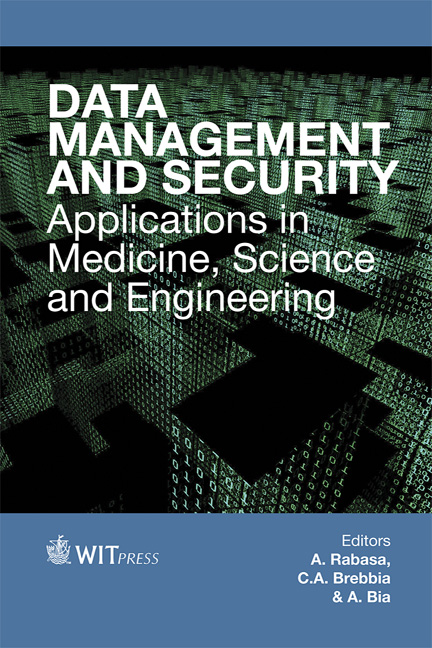Flow In Re-stenosed Artery After Angioplasty
Price
Free (open access)
Volume
45
Pages
12
Page Range
209 - 220
Published
2013
Size
1,185 kb
Paper DOI
10.2495/DATA130191
Copyright
WIT Press
Author(s)
S. I. Bernad, A. Totorean, E. S. Bernad & R. Susan-Resiga
Abstract
Coronary angiogram (CA) is the gold standard diagnostic tool for coronary artery stenosis. Restenosis after balloon angioplasty is the major limitation of the technique. The goal of the paper is to evaluate the way in which the wall shear stress (WSS) distribution is affected by the blood flow evolution during the cardiac cycle in re-stenosed arterial segment. Coronary angiography was performed 2 months after percutaneous transluminal coronary angioplasty (PTCA). Angiographic evidence of restenosis was defined as 40% diameter stenosis at the site of the previous dilatation. After angioplasty of stenotic lesions, the luminal geometry is drastically changed. The maximum value of the WSS is at the critical height of the stenosis. A large separation zone is observed downstream to the stenosis, characterized by low WSS region. The range of WSS varies from 2 to 24 Pa. In conclusion, the arterial remodeling is highly relevant to the process of re-stenosis and is an important adaptive response to changes in flow and local shear stress. Keywords: blood flow, right coronary artery, angioplasty, hemodynamics, pressure drop.
Keywords
Keywords: blood flow, right coronary artery, angioplasty, hemodynamics, pressure drop.





